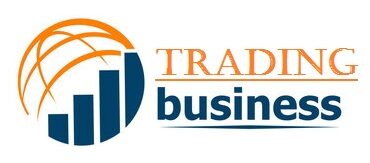In France, land and rental income can be taxed under two different regimes: micro-land and real. How to make the right choice ? It all depends on the amount of rent collected and the size of your charges.
Micro-land or real: who is concerned?
The taxation of property income described below relates exclusively to income generated by the rental of “bare” buildings , ie unfurnished. The goods concerned can be of all types, which of course includes houses and apartments but also commercial and professional premises, garages and parking lots, cellars, etc.
The income generated by the holding of shares in SCI or SCPI also falls under the traditional taxation of property income.
The rental of furnished accommodation , on the other hand, comes under another regime, since the rents are then considered as industrial and commercial profits (BIC) .
Declare your rental income with the micro-foncier regime
The micro-land tenure system is reserved for “small” owners: you can only benefit from it if your rental income for the year is less than € 15,000 excluding charges , or € 1,250 per month.
By opting for micro-foncier, you will benefit from a fixed reduction of 30% on your property income before income tax and social security contributions. If, for example, you declare € 10,000 in rents collected over the year 2018, you will only be taxed on € 7,000 in reality. Assuming your marginal income tax rate is 14%, then you will pay € 980, which is less than 10% of the amount actually received.
Micro-land is a particularly interesting scheme if you have few expenses to bear . Otherwise, it is better to go for the real diet.
And the tax exemption systems?
The micro-land regime is incompatible with certain real estate tax exemption systems, including the [Pinel law] (/ article / pinel-6-good-reasons-to-launch) or the Malraux device.
The actual regime can be chosen regardless of the amount of rents received, and becomes compulsory beyond € 15,000 per year . Its main advantage is that it takes into account all the charges deductible from property income before taxation.
The charges that can be deducted from your property income are numerous. They include:property insurance, as well as unpaid rent insurance
condominium charges, with the exception of recoverable rental charges
property tax
If the totality of these charges exceeds 30% of the amount of the rents, it is in your interest to switch to the real regime. In some cases, very large charges can even allow you to generate a deficit attributable to property income , but also to all of the taxpayer’s income.
If you “lose money” on your rental – for example following major renovations – you can deduct up to € 10,700 per year from your overall income for the following ten years!
Freedom of choice
A taxpayer receiving less than € 15,000 in annual property income is free to opt for the real regime. If he does so, however, that choice then becomes irrevocable for the next three years.
How to declare your property income?
If you opt for the micro-foncier regime, the calculation of the land income for your tax sheet is very simple: just report the total amount of rents excluding charges in declaration No. 2042 (line 4BE). The tax services are responsible for automatically applying the 30% standard deduction.
In the context of the actual regime, you will have to provide details of declaration n ° 2044, then report the result obtained in declaration n ° 2042, on line 4BA.
Should we prefer micro-land or real? To answer this question, you will have to take out the calculator, and determine the regime in which your taxable property income will be the lowest according to your expenses!

